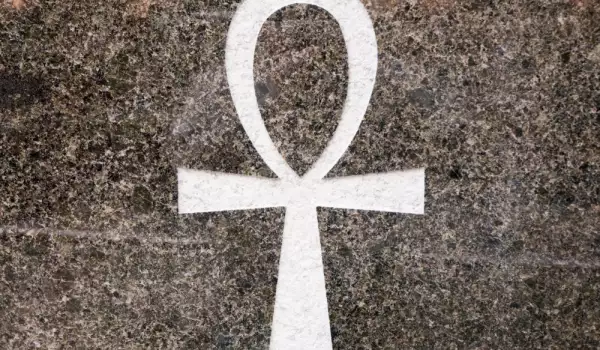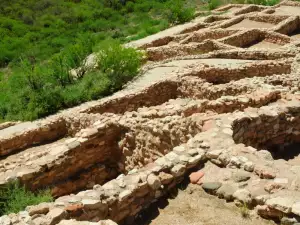African Burial Ground National Monument

African Burial Ground National Monument is located in Manhattan, New York City.
The monument is a place where they have buried the remains of four Africans, buried during the seventeenth and eighteenth centuries. According to some archaeologists, the site may have been the place of more than fifteen thousand burials - men, women and children.
Excavations at this site are one of the most important historic urban archaeological projects in the U.S.
In the early seventeenth century in New York City and its environs had occurred slavery, which was introduced by the Dutch. Africans were brought here only to function as slaves, but some of them acquired the status of semi-free. This happened before the city was conquered by the British in 1664.
During the war of the Revolution, New York had over ten thousand African-Americans. They worked the fields, dug wells and were skilled craftsmen. They were dealing with construction, shipping and worked as domestic servants and laborers.
New York rejected slavery in 1827. The remains of the buried Africans were discovered in 1991, during construction of the Foley Square Federal Office Building.
After the discovery was made, the building was to be built in a new project to leave enough room for the memorial. It acquired the status of a national monument in 2006.
Once part of the remains of those buried here were removed and studied by archaeologists from the Howard University, they were buried again in the same place with a special ceremony. As part of the ceremonies, the street on which the memorial is located, was renamed African Burial Ground Way.
They announced a competition to build a memorial in this place and sixty-one candidates appeared. The competition was won by Rodney Leon and Nicole Hollant-Denis.
African Burial Ground National Monument is more than seven meters high and is made of granite. It is a map of the Atlantic region and a so-called Door of Return. This symbolic door is inspired by the slave ports along the coast of West Africa, which were known as the door of no return.
On part of the historical monument was built the Ted Weiss Federal Building. It opened a visitor center, which presents an exhibition dedicated to the historic monument. A panel of human size shows in a double funeral - adult and child. The exhibition shows details of the lives of Africans in the seventeenth and eighteenth century, and of the efforts to protect the cemetery.















